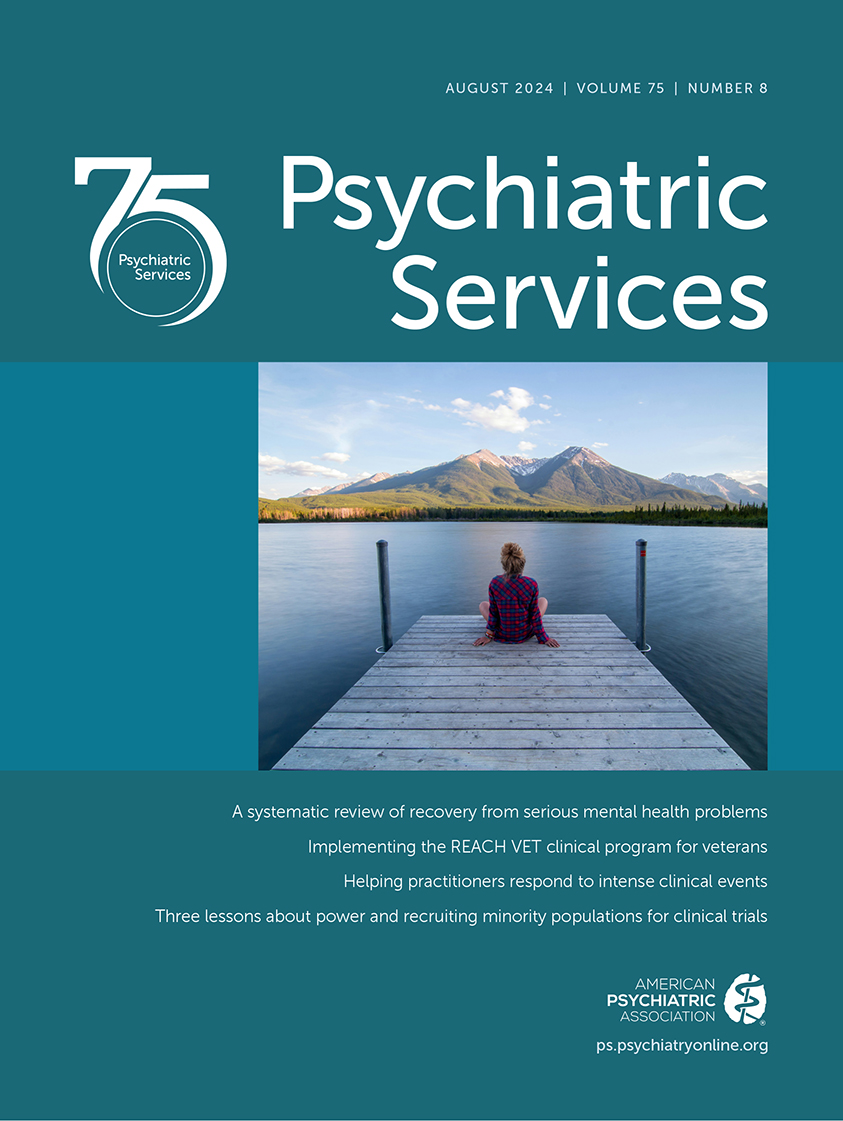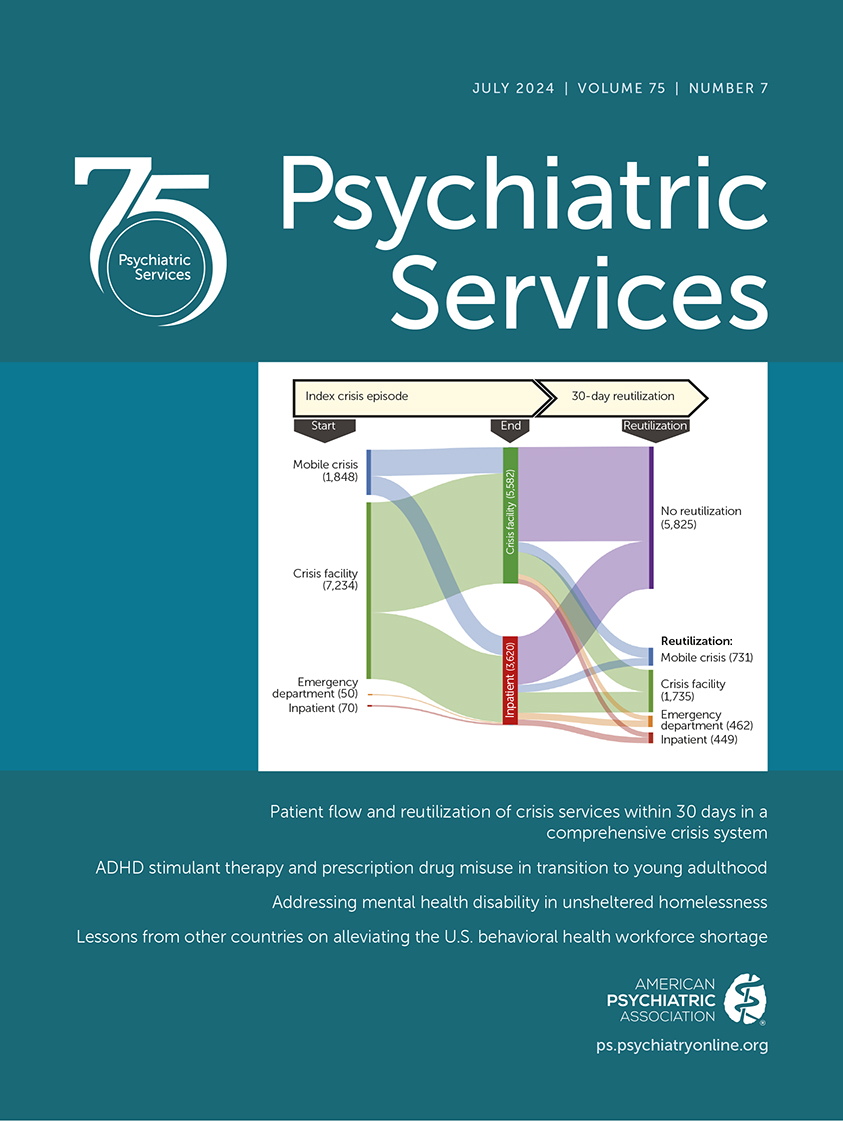Psychiatric Services
- Volume 25
- Number 1
- January 1974
Article
Publication date: 01 January 1974
Pages17–22With the aid of ward staff, the authors prepared answers to some questions most often asked about use of the problem-oriented medical record in psychiatry. The questions are presented in relation to the four components of the record: the data base, the ...
https://doi.org/10.1176/ps.25.1.17Publication date: 01 January 1974
Pages22–24North Dakota State Hospital has adopted a problem-oriented approach to record-keeping, and in one regional treatment unit is experimenting with applying the system to utilization review and continuing education. An interdisciplinary audit committee uses a ...
https://doi.org/10.1176/ps.25.1.22Publication date: 01 January 1974
Pages25–28The authors describe the introduction and use of the problem-oriented record on a short-term psychiatric inpatient unit where treatment is provided primarily by nurses and psychiatric aides. The introduction of the new system required careful planning, ...
https://doi.org/10.1176/ps.25.1.25Publication date: 01 January 1974
Pages28–30At the Georgia Mental Health Institute, the children's inpatient behavior modification unit changed from using the source-oriented record to the problem-oriented record. The record used by the unit has four sections: data base, problem list, treatment ...
https://doi.org/10.1176/ps.25.1.28Publication date: 01 January 1974
Pages31–32The author describes the adaptation of problem-oriented medical record-keeping to child psychiatric records. He discusses some of the disadvantages inherent in the problem-oriented records and describes methods to deal with them. He feels that the system ...
https://doi.org/10.1176/ps.25.1.31Publication date: 01 January 1974
Pages33–36The staff of the suicide studies unit at St. Elizabeths Hospital have found the psychological autopsy useful in reviewing the circumstances surrounding the suicide of a hospitalized patient. The autopsy is aimed at determining what clues the patient gave ...
https://doi.org/10.1176/ps.25.1.33Publication date: 01 January 1974
Pages37–39A patient was referred for psychotherapy to help alleviate two problems, a period of amnesia and a neurological syndrome that was considered to be functional. The patient's amnesia responded well to hypnosis. The neurological symptoms were later found to ...
https://doi.org/10.1176/ps.25.1.37Publication date: 01 January 1974
Pages39–41At Duke University's department of psychiatry, staff members' attitudes about peer review were measured through a 36-item questionnaire. Two-thirds of the respondents felt that peer review was needed, and 51 per cent believed it should not be limited to ...
https://doi.org/10.1176/ps.25.1.39Past Issues
View Issues Archive
Vol. 75 | No. 8

Vol. 75 | No. 7

Vol. 75 | No. 6
